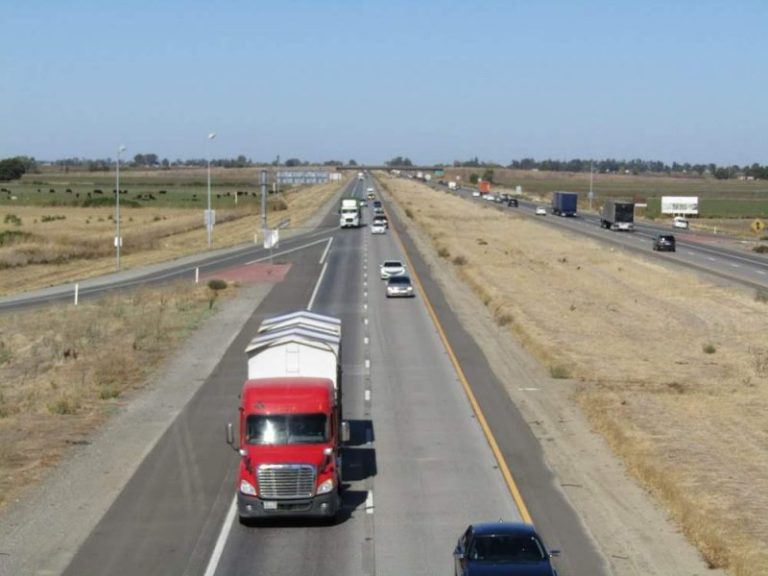Reducing Traffic Fatalities By Learning From Other Countries
Some statistics show that out of a total of 183 countries, the United States ranks number 127 on the list of countries with the most road traffic fatalities per year. The rate comes out to about 10.04 deaths per 100,000 people. When you compare that to the deadliest country on Earth for road fatalities, Zimbabwe, their rate of 75.02 deaths per 100,000 is scarily high. But the U.S. shouldn’t be comparing its statistics to countries with problematic infrastructure and economies; it should hold itself to standards of more developed nations like Germany, Canada, the U.K., Australia, and France, to name a few. As it turns out, all of these countries have markedly lower traffic fatality rates than the U.S., with Sweden being one of the very safest, with 2.49 deaths per 100,00. What are these other nations doing right that the United States isn’t?
The Link Between Economy And Infrastructure
Poor infrastructure can lead to poor safety conditions for drivers and pedestrians. This is why reports on U.S. traffic and pedestrian fatalities call for improvements to infrastructure. Of course, to improve things like roads, sidewalks, pedestrian paths, and bridges, money needs to be invested in materials, planning, and workers. Economically weaker countries are less likely to be able to do this, resulting in poorer infrastructure and higher mortality rates. Meanwhile, various European countries with higher tax rates tend to reinvest that money into things like safer roads, or even redesigning them.
The Vision Zero Policy
Redesigning roads for increased driver safety has been a major point of concern in Sweden since the implantation of the Vision Zero Policy in 1997. One of its central tenants is understanding that accidents are always going to happen; you can’t stop them completely. This is a universal truth of sorts, which is why it’s not a bad idea to familiarize yourself with an experienced auto accident attorney. But Vision Zero aimed to reduce traffic fatalities through redesigning roads by separating car lanes with barriers, expanding car lanes for safer overtaking, building wider pedestrian walkways, putting up more speed limit signs and speed cameras, and other miscellaneous additions. Not only has Sweden’s policy worked, but elements of it have been implemented in other European countries.
What America Is Doing Wrong In Preventing Traffic Fatalities?
Americans tend to do more driving than a number of other citizens in other countries. Part of this can be attributed to the vast size of the nation, other parts of it can be attributed to the culture and the lack of public transportation. But given the increased amount of driving, the U.S. doesn’t compensate for this with stricter laws. Compared to Canada and the U.K., U.S. speed limits tend to be higher and the laws regarding seat belts tend to be laxer. For example, in many U.S. states, passengers in the back seat are not required to wear seat belts despite their proven safety record. Speed limits are also especially important given how many traffic accidents are caused by excessive speed. While these kinds of accidents can be attributed to negligence and you may be entitled to compensation for them, it’s better to not be involved in an accident at all.
Caught Up In An Auto Accident In Phoenix? Call ELG Law!
As the old adage goes, an ounce of prevention is worth a pound of cure. As much as that might hold true most of the time, there are just some things that you can’t prevent. Safety measures can go a long way to helping you avoid an accident, but accidents still happen. If you’re involved in a car crash and need to find out what options are available to you, call ELG Law at 623-321-0566. Not only can you contact us for a free consultation, but that consultation will be with one of our experienced lawyers who know the ins and outs of personal injury law. Vision Zero may not be a policy in the United States, but ELG Law has the vision and resources to help you win your case.
Law News Feed
All NewsWho Is Liable for Damages After a Truck Accident?
According to information from the National Highway Traffic Safety Association, more than 2,500 truck accidents occur each year in Arizona. It goes without sayin…
Common Injuries After a Motorcycle Accident
Motorcycle accidents kill or severely injure individuals more frequently than any other type of crash, resulting in immense amounts of suffering and financial d…

